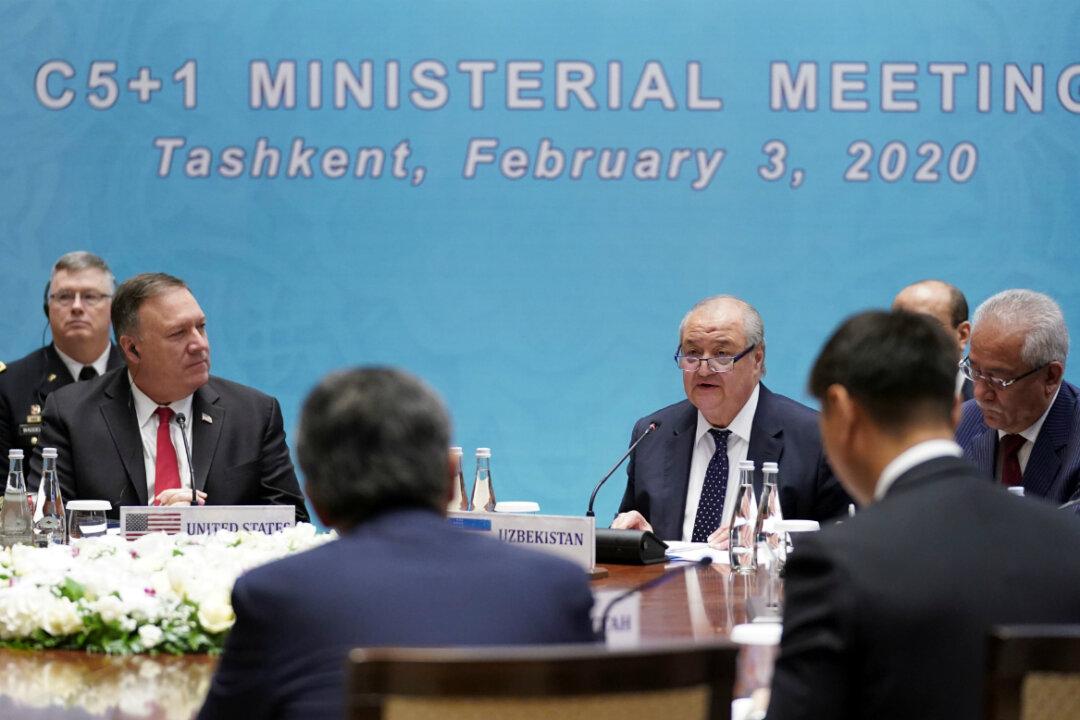Since gaining independence in 1991 and embarking on the path to economic development, Central Asian countries that were once a part of the former Soviet Union became a very attractive target for Chinese investment, especially in the infrastructure sector. While the development of infrastructure is a prerequisite of economic growth and such initiative should be viewed positively, China’s investments in the Central Asian region create challenges and issues.
Dr. Gül Berna Özcan, a Reader in International Business and Entrepreneurship at Royal Holloway, University of London, conducted research on the impact of growing Chinese business expansion and influence on the five countries comprising the Central Asian region: Kazakhstan, Kyrgyzstan, Turkmenistan, Tajikistan, and Uzbekistan. She presented the results of her research that traced “the footprint of China” in the region at an event at the Wilson Center in Washington on Feb. 20.





